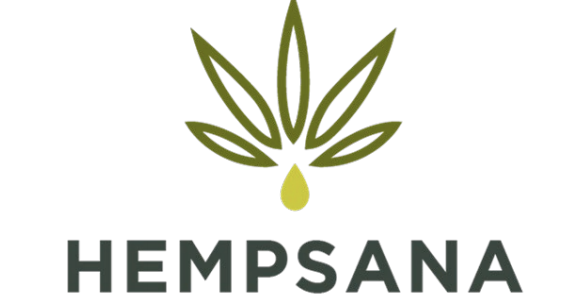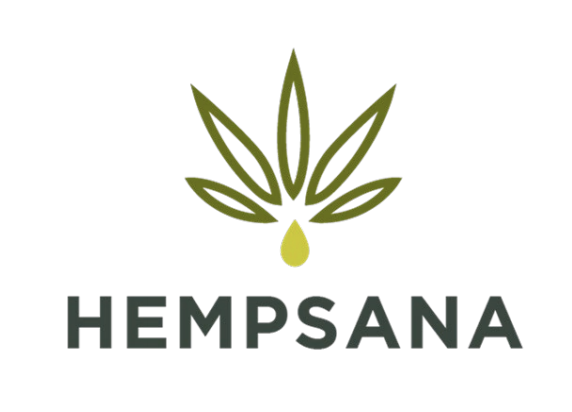
Ryan Allway
May 21st, 2021
News, Top Story
ana
One dynamic that led to the crash in the public markets for Canadian cannabis companies was the rush to build extensive cultivation capacity in anticipation of full legalization of the plant in 2018. Many millions of dollars were funneled into facilities across the country, accompanied by the anticipation of returns on those investments. For a variety of reasons, including variously effective provincial rollouts that limited retail locations and hampered sales, the payoff didn’t come as quickly as many had anticipated. Many companies had over-invested in expensive production capacity and were left holding the bag as the result.
In contrast to the square footage and expense required to grow cannabis on a commercial scale, cannabis extractors are able to fit more productivity into smaller spaces. And rather than relying on projected demand in an industry that had never been legal, extractors can mitigate risk by providing production and formulation on a contract basis while churning out products like skincare and beauty products that appeal to a much wider demographic than just cannabis smokers.
One notable company making a big strides in the Canadian extractor market, Hempsana Inc., is planning to go public in the very near future. Hempsana features a Health Canada licensed, EU-GMP compliant processing facility, as well as access to wholesale and retail channels in the EU, Asia, South America, Canada, and the US. The company offers cannabis extracted crude oil and high concentration distillate, contract manufacturing, white label production, and formulation services to create cannabis-derived products like creams, edibles, and beverages. Hempsana is also gearing up to be a market leader in offering cannabinoid isolates suitable for medicinal research and development.
Extraction vs. Cultivation
Hempsana’s main production and processing facility currently comprises 8,000 sq. ft. in Goderich, Ontario. Compared to cultivation operations that often encompass hundreds of thousands square feet, one might think it’s a small production space. But with the processing and extraction model, great things happen in smaller, less expensive spaces. Cultivators require rotating crop rooms, separate drying and trimming rooms, expensive lighting and ventilation systems, huge amounts of electricity, a large supply of good water … the list goes on and the overhead piles up. This isn’t even considering the risk of mold in overstock biomass.
Hempsana’s toll processing model, or Extraction-as-a-Service (EaaS), on the other hand, engenders far less capital investment and risk. Hempsana needs a place to temporarily store inspected raw plant material grown by others, a clean and contaminant free environment, some specialized machines to extract and purify, and some packaging infrastructure. This is all oversimplified a bit, but the general idea holds: it’s a smaller capital investment to get a sizable extraction business off the ground than it is for a cultivation business.
Another factor to consider is the risk of projection. Many Canadian licensed producers have been forced to slash production, destroy and write off excess inventory, lay off workers, and even sell greenhouses for a fraction of their original cost as a result of overly rosy demand projections.
Click here to receive a corporate overview and updates
Hempsana’s model eliminates much of the concern in this area. For the most part, production is tailored to contracted amounts so that all of the risk associated with selling the product is assumed by the contracting party. Hempsana can also order more raw plant material and turn it around much more quickly than a cultivator who has to plant a crop months in advance of its potential sale.
Hempsana’s EaaS approach also lets everybody involved focus on what they do best. For Hempsana, that means extracting pure, high quality ingredients and manufacturing effective and safe products from them. The cultivators grow the raw material, and the consumer goods companies market and sell the finished goods.
Keep an Eye on Hempsana
To this point, as a private company in a competitive market, Hempsana has been keeping much of its business under wraps. But there are some things we do know and some other things to look forward to. Production capacity is in the several thousands of kilograms of distillate annually, and there are existing sales agreements in place. The company’s Canadian facility is set up to export pretty much globally, focusing on getting high demand products such as infused skin creams into international locales where demand is high. CBD is where the largest portion of the market is currently, but Hempsana is developing business in other cannabinoids such as Delta-8 THC, and CBN.
The going-public event should be happening very soon, and with it should come both more access to capital markets and more transparency into the business for interested investors. Investors who are looking for a potentially less risky way to access the cannabis market might want to check into Hempsana, one of the latest entrants into the lucrative cannabis-derived products industry.
Click here to receive a corporate overview and updates
Disclaimer
The above article is sponsored content. CannabisFN.com and CFN Media, have been hired to create awareness. Please follow the link below to view our full disclosure outlining our compensation: http://www.cannabisfn.com/legal-disclaimer/
This article was published by CFN Enterprises Inc. (OTCQB: CNFN), owner and operator of CFN Media, the industry’s leading agency and digital financial media network dedicated to the burgeoning CBD and legal cannabis industries. Call +1 (833) 420-CNFN for more information.
About Ryan Allway
Mr. Allway has over a decade of experience in the financial markets as both a private investor and financial journalist. He has been actively involved in the cannabis industry since its inception, covering public and private companies.
MJ Shareholders
MJShareholders.com is the largest dedicated financial network and leading corporate communications firm serving the legal cannabis industry. Our network aims to connect public marijuana companies with these focused cannabis audiences across the US and Canada that are critical for growth: Short and long term cannabis investors Active funding sources Mainstream media Business leaders Cannabis consumers








